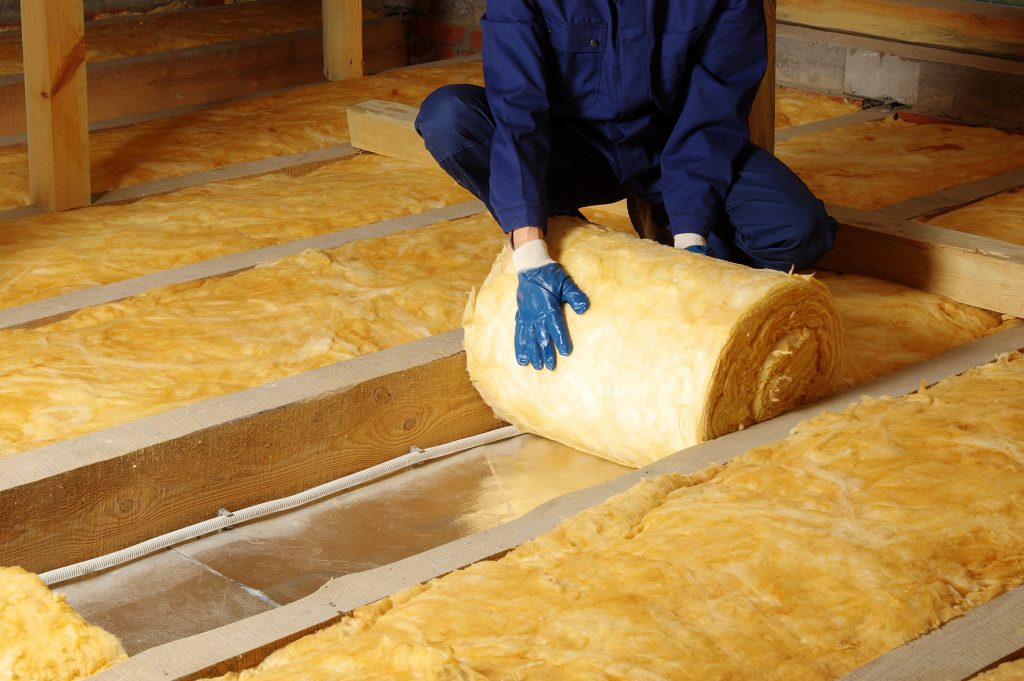With energy costs rising, and the need to reduce emissions becoming more pressing, homeowners have never been keener to slash their energy consumption. When it comes to heating, there are two ways to do this: put up with the property being that little bit colder, or prevent the heat you are generating from escaping.
The way that we do this is through insulating material, which restricts the conduction of heat from one place (typically the inside of your home) to another (typically the outside of your home). For most of us, the easiest energy-saving gains can be had by stuffing the loft with glass wool – but there are alternatives to consider, too.
Types of Insulation
Insulating material comes in several different varieties. You’ll want to pick the one that’s appropriate to your needs.
Wall Insulation
If you have cavity walls, then you can fill the interior (the space between the inner and outer walls) with insulating foam.
Roof Insulation
You might either put insulating material just beneath the roof tiles, or on the floor of your loft. It tends to be more expensive to insulate the ceiling, as you need to use more specialised, thinner material. On the other hand, you’ll end up with a habitable, warmable space. Sheet timber can be used to make the loft space walkable after it has been insulated.
Window insulation
Double-glazing works in much the same way as cavity wall insulation. Two glass panels sit either side of a layer of inert gas (usually argon) through which heat has a tough time travelling. Note that if you see condensation between the glazing, then it means that the seal is broken on your unit, and that you should look into repairs or replacement.

Floor insulation
Floor insulation tends to provide the least bang for buck, since heat tends to rise rather than travel out through the floor. It tends to be very disruptive to take up the floor, especially if you’re recently invested in new carpet or tiling. In some cases, floor insulation isn’t even viable, as you might have a concrete floor at the bottom of your house.
The major benefits of proper insulation
The right insulation will confer four distinct benefits.
Money Saving
If heat can’t escape, then you won’t need to spend money replacing it. For this reason, insulation tends to pay for itself over time. This goes especially if you’re starting from a low base. You’ll get more savings from the first ten centimetres of loft insulation, for example, than you will from the last ten centimetres.
Environmentally Friendly
By the same token, if you aren’t having to run your heating as much, then you’ll be contributing to less in the way of carbon emissions. It’s largely for this reason that recent green policies and building regulations have tried to incentivise the construction industry to install insulation into new builds.
Safer and More Comfortable Personnel
If you’re insulating a workplace, then insulation will allow you to keep the space warmer and more comfortable. This will make absenteeism less of a problem, and help you to meet your legal duty to provide a safe working environment.
Reduces Condensation
If the air in your premises is allowed to get too cold, then the water vapour will condense onto cold (usually metal) surfaces. This will make corrosion more likely, which will reduce the lifespan of machinery. The right insulation can help you to deal with this.





